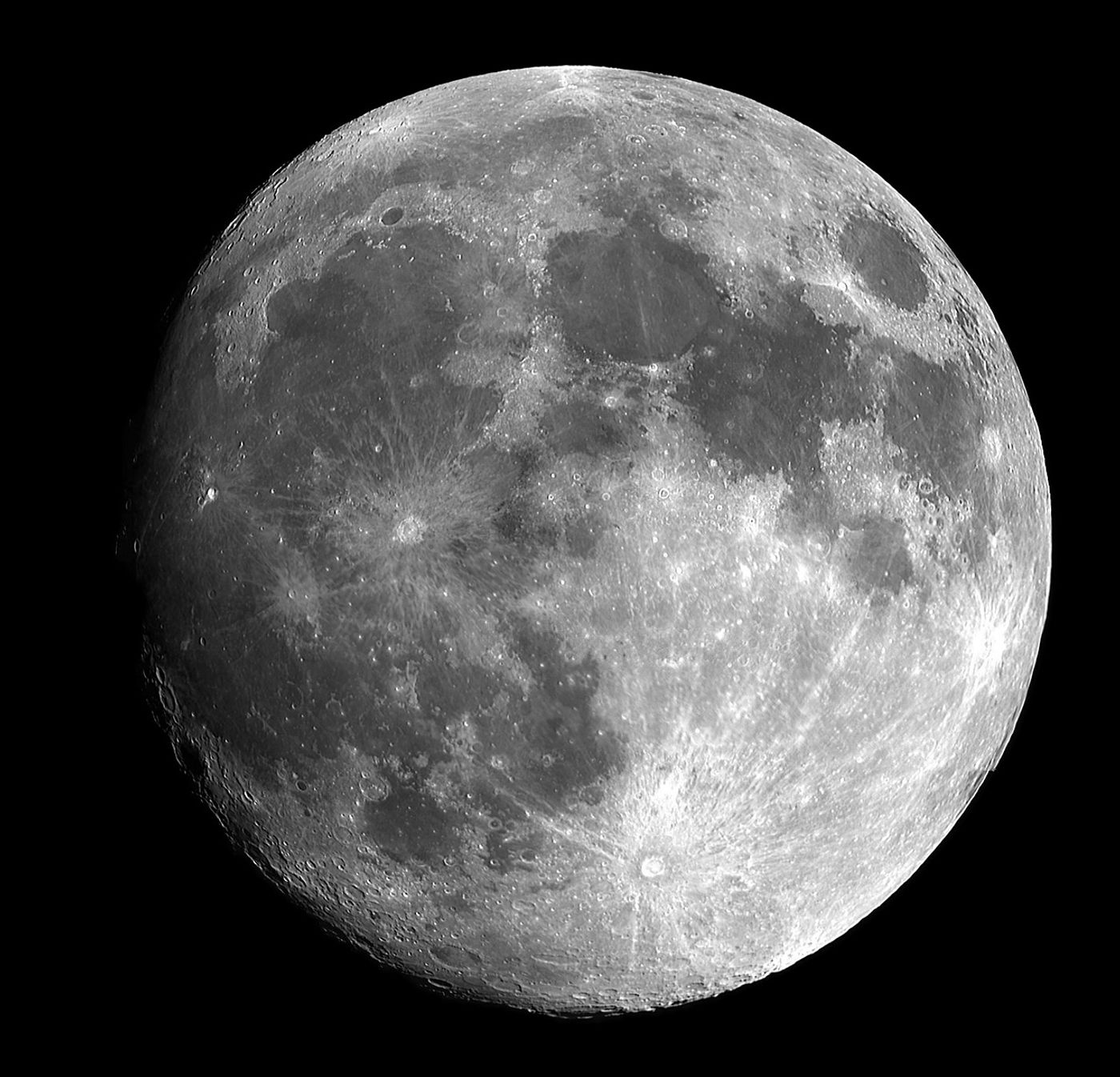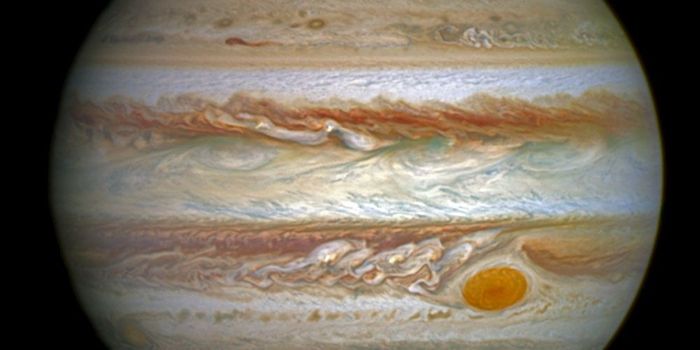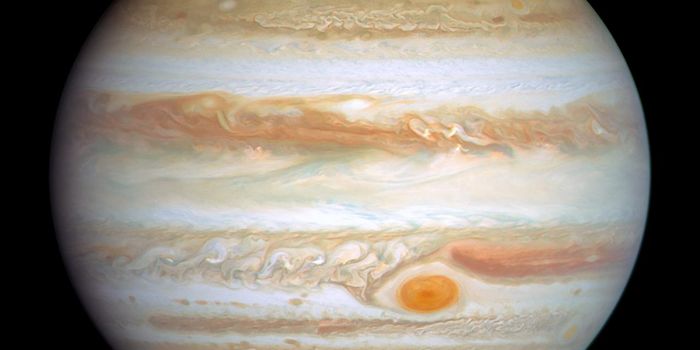Just How Old is the Moon, Anyways?
The moon is the brightest object in the night sky, often illuminating the planet with reflected light from the Sun, which bounces off of its highly-reflective surface. It’s been around as long as we can remember, and perhaps even way before that. One thing, however, that scientists haven’t been able to decide on, is just how old the Moon actually is.
Image Credit: Dunc/Pixabay
The modern theory is that the Moon formed a long time ago when something big, potentially as big as Mars, slammed into the Earth, kicking up molten rock material and dust into space, just high enough that it would orbit the Earth in its gravitational pull. This material would have then hardened and congealed over time to produce what we now know as the Moon.
Of course, when did that happen, exactly? The timeline has a lot of disagreement, partially because there are many theories as to how the Moon was formed, and moreover, because samples taken from the Moon have been contaminated by space rocks that have slammed into the Moon over the years, giving us a false representation of the Moon’s natural composition, and hence a false representation of just how old it really is.
More importantly, understanding when this all happened is a key player in understanding when life started to form on Earth, as life would have been unable to exist during the time of such a tremendous impact. Moreover, the Earth itself would have needed a long time to rebuild itself after such a large impact, for life to exist.
To solve the stream of never-ending problems with modern theories, a team of researchers led by Melanie Barboni of the University of California, Los Angeles went right back to the source, examining a sample of Moon rock that was collected during the Apollo 14 mission in 1971 to determine its actual age. The findings are discussed in the journal Science Advances.
Once in hand, they took a new approach to dating the Moon, by looking for clues for the formation of the Moon’s mantle and crust. During the formation, a lot of the rock would have been molten from the extremely hard impact that threw material out of the Earth’s grip and into orbit. The process where this molten rock solidifies would have left traces of something known as zircon, which is what the team looked for in their study.
After the team was able to collect enough zircon samples from the Apollo 14 stones, they used a process of radiometric dating to look for uranium/lead ratios and to determine how much radioactive material was left. Since we know radioactive material has a half-life, we can use this information to determine how old something is.
By making up for numbers that would have been skewed by cosmic radiation due to the lack of an atmosphere on the Moon, the team concluded that the zircon fragments they were observing dated back to a time when the Moon’s molten magma was still hardening, meaning they had a good piece of virgin rock. The dates came back to approximately 4.51 billion years old, which a margin of error of just 10 million years.
This is a pretty important finding, as it would suggest that the Moon was formed just 60 million years after the formation the solar system, implying that the Moon is significantly older than it was ever thought to be. More importantly, this just might be the most accurate estimate ever given, as the researchers took many variables into account.
Now that we have what appears to be a pretty solid estimate for the formation of the Moon, scientists can start to use it as a springboard for predicting the first traces of life on Earth.
Source: The Verge









